When vets, on the other hand, think about the causes of diarrhoea, we have a long list that we divide into sections. Let’s have a look at those sections right here:
Genetics: Inherited conditions can predispose certain breeds to specific diseases. For example, Histiocytic ulcerative colitis (HUC) is a disease associated with infection with E. coli (atypical adherent and invasive E. coli, AIEC) that affects Boxers, French bulldogs, Mastiffs, Alaskan malamutes, and Dobermann pinschers [1].
Another interesting one is German Shepherd Enteropathies. With an inherited predisposition to exocrine pancreatic insufficiency (EPI), German shepherd dogs (GSDs) are prone to chronic gut issues. EPI is not strictly a GI disease, but heritability has been displayed in Rough collies as well as GSDs, and surveys have shown that these breeds, as well as the Chow Chow and Cavalier King Charles spaniel, are clearly predisposed to EPI [2].
Infections: Bacterial, viral, fungal, and parasitic infections can cause various gut diseases. These can appear spontaneous but are usually associated with eating contaminated food, soil, water or sticks in the environment. However, considering the amount of rubbish most dogs eat daily as they scavenge down the lane or in the bushes in the park, gut upsets are not half as common as you’d expect! If you ate what the average labrador ate and scavenged in a week, you’d be as sick as a dog!
Organ function: if your mouth isn’t producing enough saliva, your stomach has insufficient or too much acid, your pancreas has too little digestive enzyme, or your gut is not producing enough mucus or motility to massage food from one end to the next of the gastrointestinal tract, your digestion will suffer. It’s the same with dogs. With all the complexity of the body’s systems, it’s a wonder any of us can digest anything at all. Yet we, and our dogs, pull off this daily miracle without a second thought. But when just one part of the system isn’t working properly, the whole process can suffer.
Environmental factors: Exposure to toxins such as glyphosate in Europe and the USA, Atrazine in America, or other pollutants can cause damage to the gut or the microbiome, leading to diarrhoea, Leaky Gut disease or IBD (Inflammatory Bowel Disease). Extreme heat or cold conditions can impact health, too.
Microplastics are now found in many human foods, air, and water. People consume an estimated 78,000 to 211,000 microplastic particles each year through food, drink, and breathing. This is considered an underestimate. A Study by the University of Newcastle, Australia, in 2019 study commissioned by the World Wide Fund of Nature (WWF) found that people consume about 5 grams of microplastics every one to two weeks, roughly the same as the weight of a credit card during the same period! This is equivalent to about 250 grams of plastic per year. I imagine our dogs are consuming roughly the same. [3].
Other factors, too numerous to mention, include age, lifestyle, stress, vaccination status, hormonal disease, neutering and parasites can disrupt balanced gut function. This is why we suggest if you are in any doubt as to why your dog has diarrhoea, or the dog is in any distress, get along to your local vets.

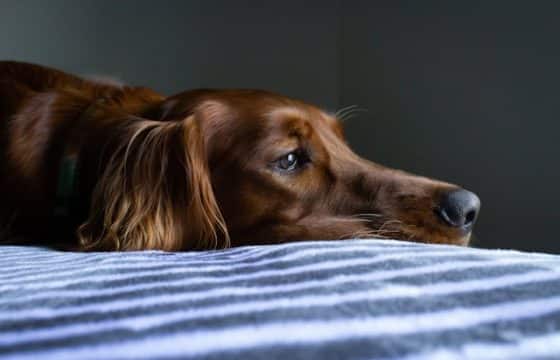
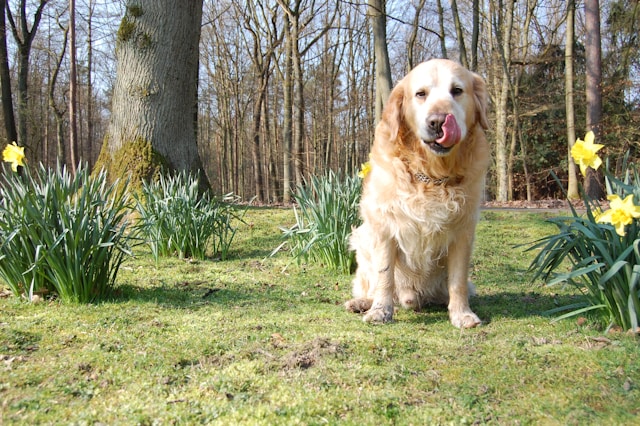
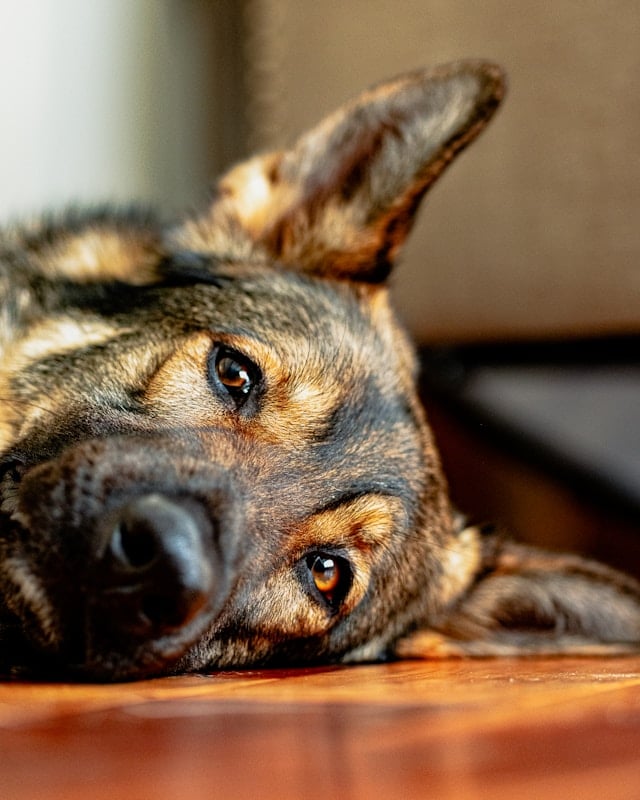
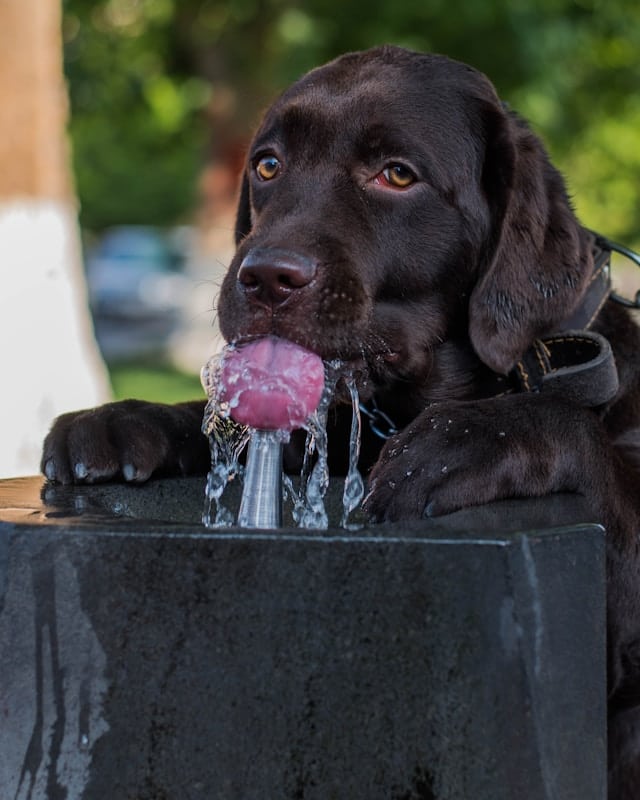

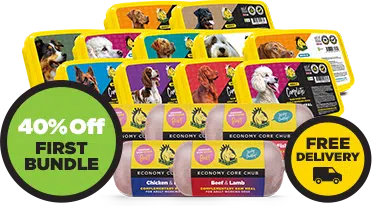
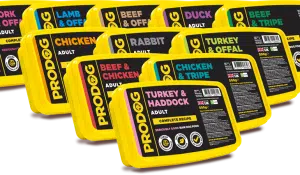
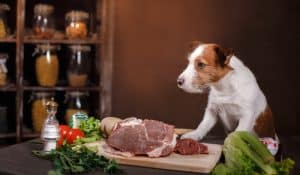
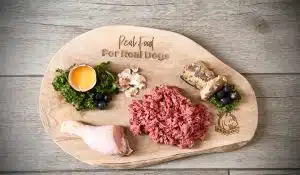
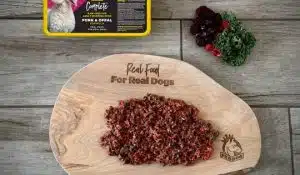
0 comments